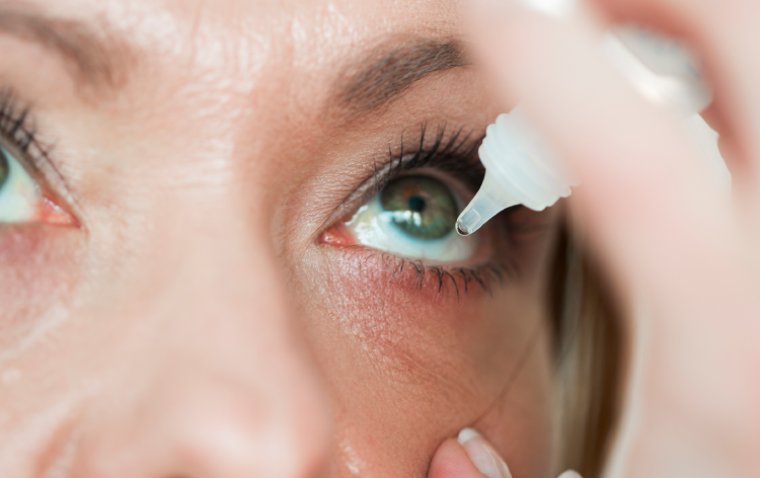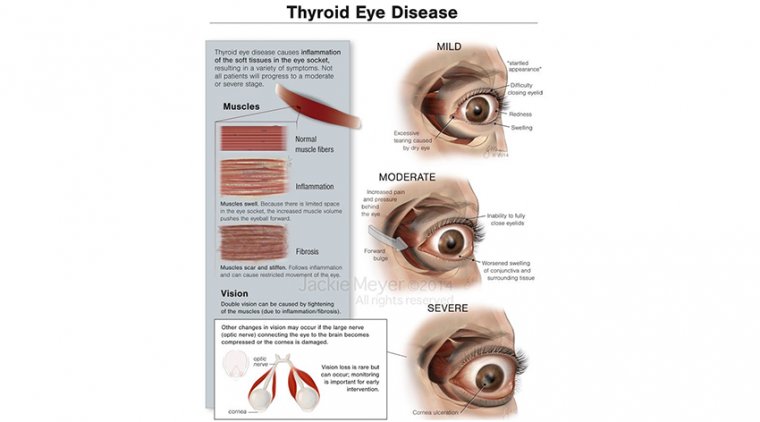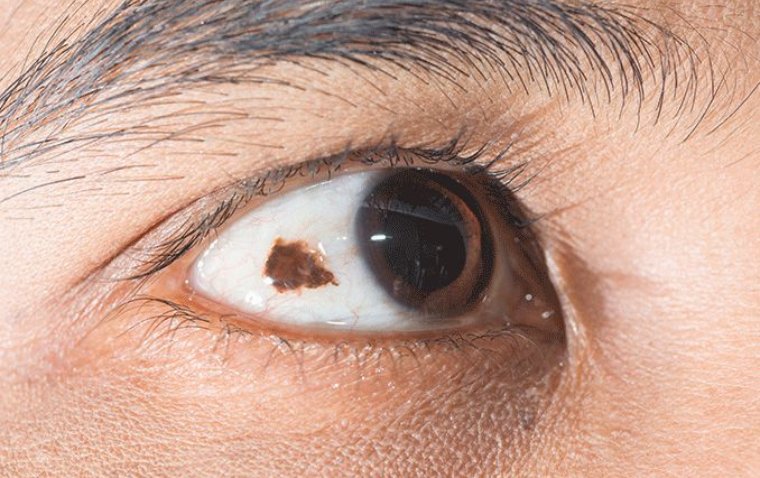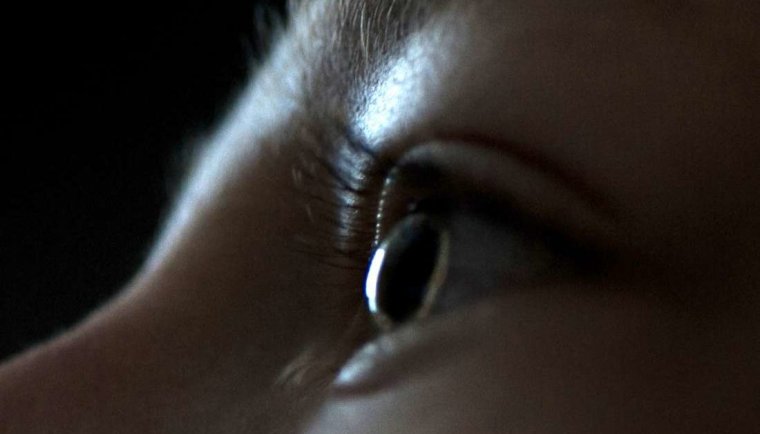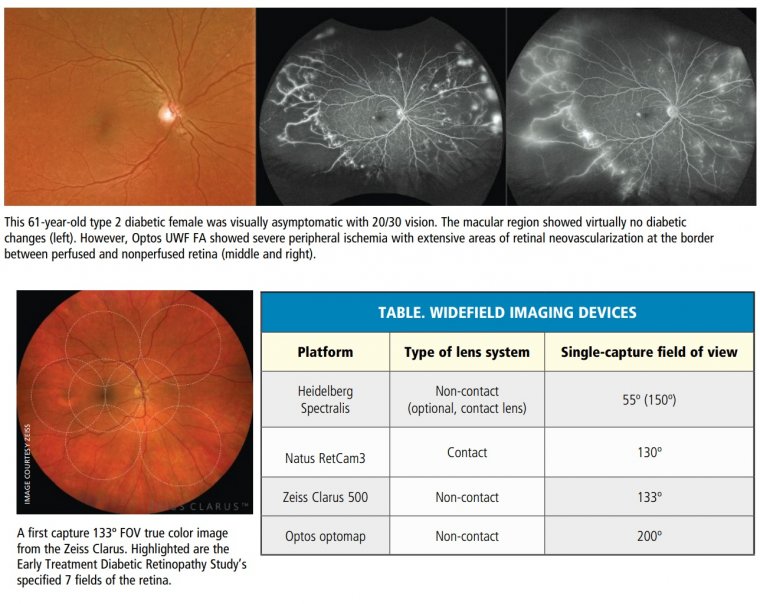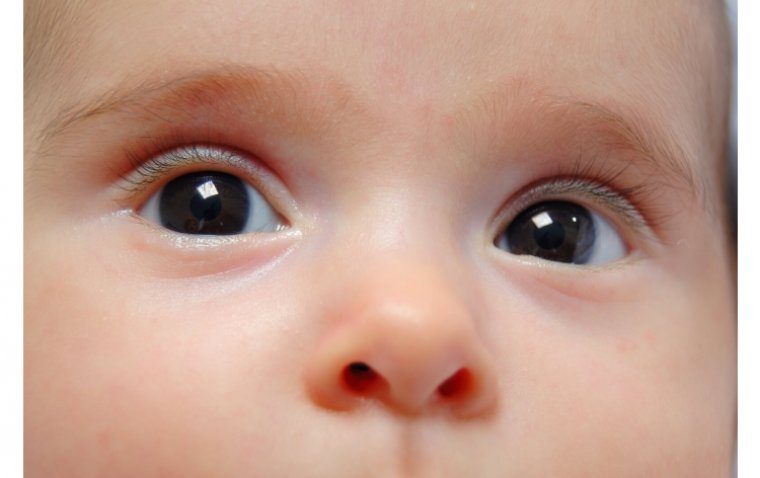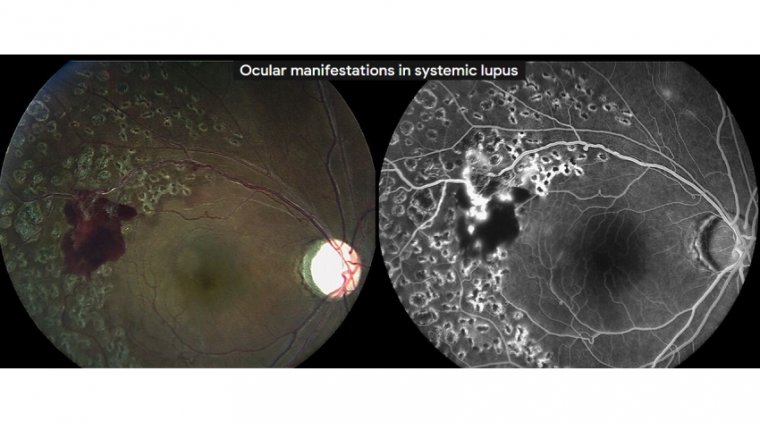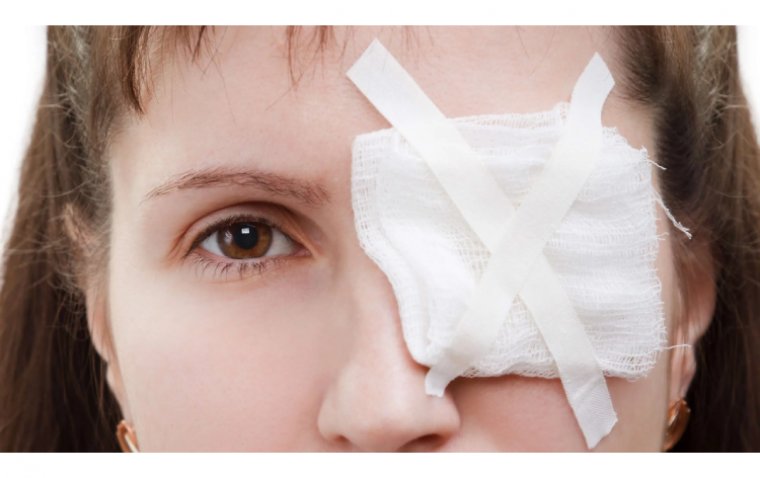
How to Heal Traumatic Eye Injuries: Tips and Techniques
Traumatic eye injuries can have devastating effects on a person's vision, and in some cases can even lead to permanent blindness. These injuries are often caused by accidents, sports-related injuries, or physical assaults.
Traumatic eye injury can range from minor injuries such as corneal abrasions and eyelid bruises to severe injuries such as orbital fractures, penetrating injuries, and even blindness. Nevertheless, many individuals can make a full recovery from a traumatic eye injury with proper care and treatment.
What Are the Most Common Types of Eye Injuries?
● Corneal abrasions: Scratches on the surface of the cornea, usually caused by foreign objects like sand or dust.
● Foreign objects in the eye: Small particles, such as metal, wood, or dirt, that can get lodged in the eye and cause irritation or injury.
● Blunt trauma to the eye: A forceful impact to the eye, such as being hit by a ball or a fist, that can cause damage to the eye's structure.
● Chemical burns: Exposure of the eye to harmful chemicals, such as acids or alkalis, which can cause severe damage and vision loss.
● Penetrating injuries: Sharp objects, like scissors or knives, that can penetrate the eye and cause severe injury or blindness.
● Radiation injuries: Exposure to harmful radiation, such as ultraviolet rays or lasers, which can damage the eye's structure and lead to vision loss.
Prevention is the key to avoiding eye injuries. To prevent eye injuries, individuals should wear appropriate eye protection when playing sports, working with power tools, or participating in other potentially hazardous activities. Eye protection can include goggles, face shields, and helmets with protective face masks. In addition, individuals should be cautious when engaging in activities that may pose a risk to the eyes, such as using fireworks or handling sharp objects.
If an individual does suffer a traumatic eye injury, it is important to seek medical attention as soon as possible. Delaying treatment can lead to further damage and complications. Treatment for eye injuries may include medication to reduce pain and inflammation, antibiotics to prevent infection, and surgery to repair damage to the eye or to remove foreign objects.
5 Tips to Promote Faster Healing
In addition to medical treatment, there are several steps individuals can take to help promote healing and prevent further damage to the eyes. These steps include:
1. Resting the eyes: Resting the eyes can help reduce swelling and promote healing. Individuals should avoid activities that strain the eyes, such as reading or using a computer, until the injury has healed.
2. Applying cold compresses: Applying a cold compress to the affected eye can help reduce swelling and pain. A cold compress can be made by wrapping ice in a towel or using a commercial cold pack.
3. Avoiding rubbing the eyes: Rubbing the eyes can cause further damage and increase the risk of infection. Individuals should avoid touching or rubbing their eyes until the injury has healed.
4. Protecting the eyes: After an injury, the eyes may be more sensitive to light and debris. Individuals should wear sunglasses or other protective eyewear to protect the eyes from further damage.
5. Following up with a healthcare provider: It is important to follow up with a healthcare provider to ensure that the injury is healing properly and to address any complications or concerns.
In conclusion, preventing traumatic eye injuries is essential, and proper eye protection can go a long way in avoiding them. If an injury does occur, seeking medical attention promptly and following recommended treatment and care measures can help promote healing and prevent further damage.
(1).jpg)
